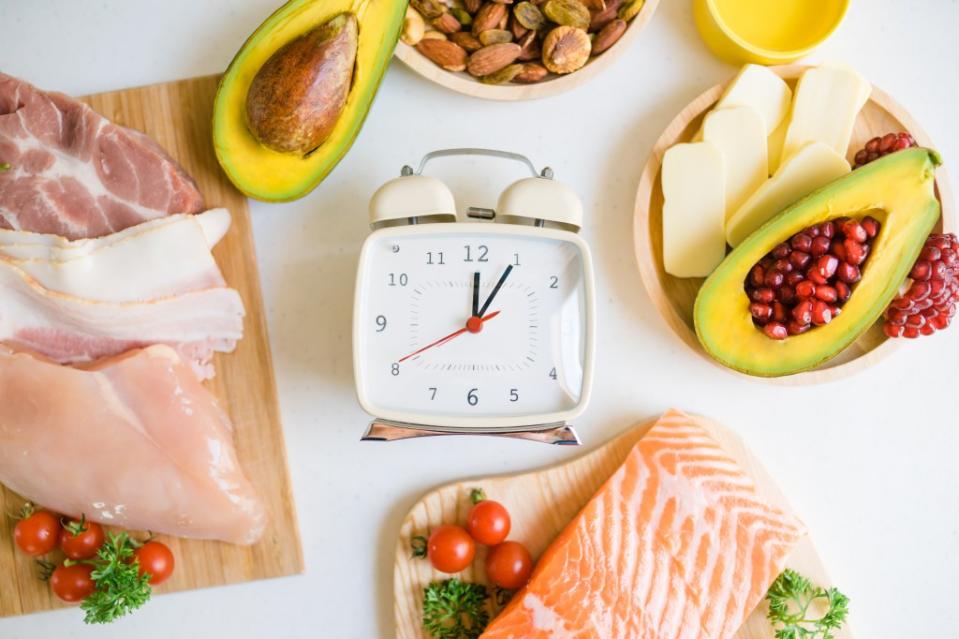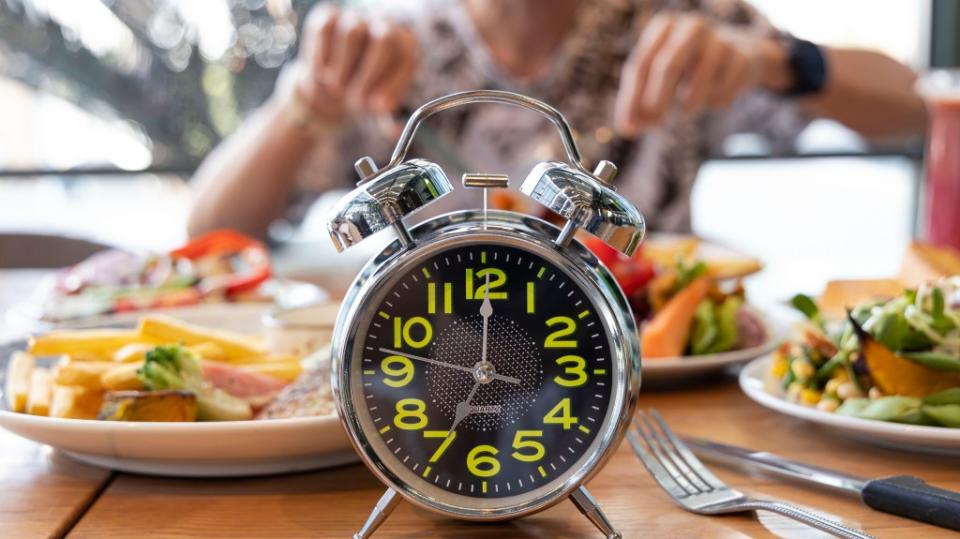Celebrity-loved diet linked to higher risk of heart disease death: study

A highly popular intermittent fasting method used by celebrities like Jennifer Aniston, Heidi Klum and Jennifer Lopez has been shockingly connected to a severely increased risk of cardiovascular death, via a newly published study.
Users of the so-called 16:8 diet — in which one eats only during an eight-hour window and fasts for the other 16 hours in a day — are at an increased 91% risk of dying from heart disease compared to those who eat over 12- or 16-hour periods, South West News Service reports.
“Our findings encourage a more cautious, personalized approach to dietary recommendations, ensuring they are aligned with an individual’s health status and the latest scientific evidence,” senior author Dr. Victor Wenze Zhong said in a statement.

“We were surprised to find in our study that people who followed an eight-hour, time-restricted eating schedule were more likely to die from cardiovascular disease,” added Zhong, a professor and chair of the department of epidemiology and biostatistics at China’s Shanghai Jiao Tong University School of Medicine.
Those with a cardiovascular illness who ate in a window of time lasting between eight and 10 hours a day have a 66% higher risk of dying from heart disease or stroke, according to the data.
Researchers analyzed the eating habits of more than 20,000 US adults — with an average age of 49 — over a median period of eight years.
The research was presented Monday at the American Heart Association’s Epidemiology and Prevention│Lifestyle and Cardiometabolic Scientific Sessions 2024 in Chicago.

Prior research has also found that time-restricted eating is no better than calorie counting.
Dr. Christopher D. Gardner of Stanford University criticized the latest study’s reliance on patients self-reporting their dietary habits and timing of meals.
“This may be affected by participants’ memory or recall, and therefore may not accurately assess typical eating patterns,” he said, adding that in future research, greater emphasis should be placed on the nutritional value of the diets in question.
“Without this information, it cannot be determined if nutrient density might be an alternate explanation to the findings that currently focus on the window of time for eating,” he said.
Other healthy eating experts, like nutritionist Rania Batayneh, have expressed concerns over the 16:8 method.
“My problem with this is that sometimes this dips too far into the morning hours (even up until or after noon), which can leave you feeling light-headed, very hungry, irritable and low energy,” Batayneh, author of “The One One One Diet,” told The Post.

Instead, she recommends not eating for 12 hours, starting later in the evening.
“In a 12-hour window, you can fuel up 5 times, 3 hours apart. Of course, if you are too full from breakfast or lunch, you can skip the in-between snacks. Essentially, you are giving your body the nutrients it needs to get through the day, nourished, so this can support and help you resist snacking after dinner,” said Batayneh.
“This is about structure, not restriction and is 100% normal,” she added. “There are many people that actually follow this as part of their routine and lifestyle vs. labeling it as a ‘fast.'”